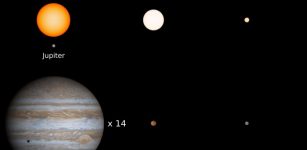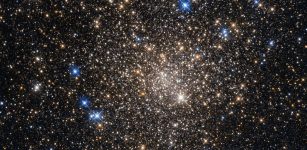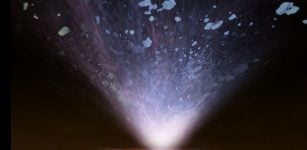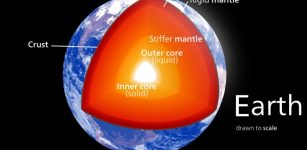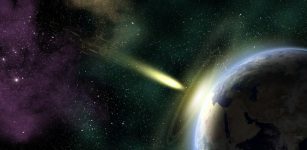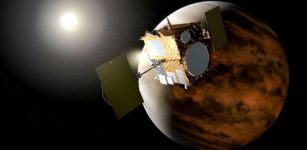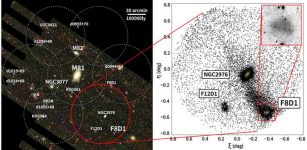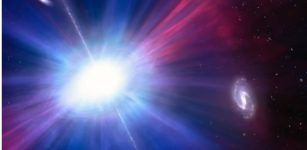New Sky Map Reveals Hundreds Of Thousands Of Previously Unknown Galaxies
MessageToEagle.com – An international team of more than 200 astronomers from 18 countries including scientists from the Max Planck Institute for Radio Astronomy in Bonn, Germany, has published a new sky map using the Low Frequency Array (LOFAR) telescope.
The map reveals hundreds of thousands of previously undetected galaxies and processes in the Universe that we cannot see with optical instruments.
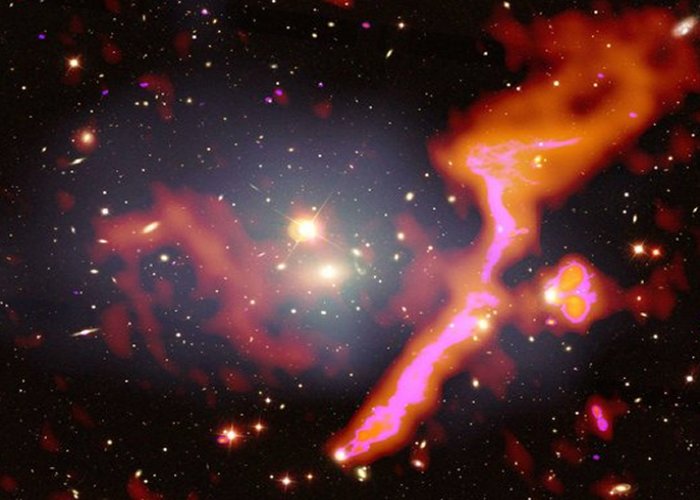
In this first part of the sky survey, LOFAR observed a quarter of the northern hemisphere at low radio frequencies. At this point, approximately ten percent of that data is now made public.
It maps three hundred thousand sources, almost all of which are galaxies in the distant Universe; their radio signals have travelled billions of light years before reaching Earth.
Clusters of galaxies are ensembles of hundreds to thousands of galaxies and it has been known for decades that when two clusters of galaxies merge, they can produce radio emission spanning millions of light years.
This emission is thought to come from particles that are accelerated during the merger process.
“With radio observations we can detect radiation from the tenuous medium that exists between galaxies,” Amanda Wilber, University of Hamburg (Germany), said in a press release.
This radiation is generated by energetic shocks and turbulence. LOFAR allows us to detect many more of these sources and understand what is powering them.”

“What we are beginning to see with LOFAR is that, in some cases, clusters of galaxies that are not merging can also show this emission, albeit at a very low level that was previously undetectable. This discovery tells us that, besides merger events, there are other phenomena that can trigger particle acceleration over huge scales,” Annalisa Bonafede, University of Bologna and INAF (Italy), added.
The unprecedented accuracy of the LOFAR measurements allows measuring the effect of cosmic magnetic fields on radio waves. Researchers from Germany investigated magnetic fields in the halos of galaxies. They could show the existence of enormous magnetic structures also between galaxies.
„The LOFAR data are providing hints that the space between galaxies could be completely magnetic“, says Rainer Beck from MPIfR Bonn, Germany.
Creating low-frequency radio sky maps takes both significant telescope and computational time and requires large teams to analyse the data.
“LOFAR produces enormous amounts of data – we have to process the equivalent of ten million DVDs of data. The LOFAR surveys were recently made possible by a mathematical breakthrough in the way we understand interferometry”, says Cyril Tasse, Observatoire de Paris – Station de radioastronomie à Nançay (France).
MessageToEagle.com

